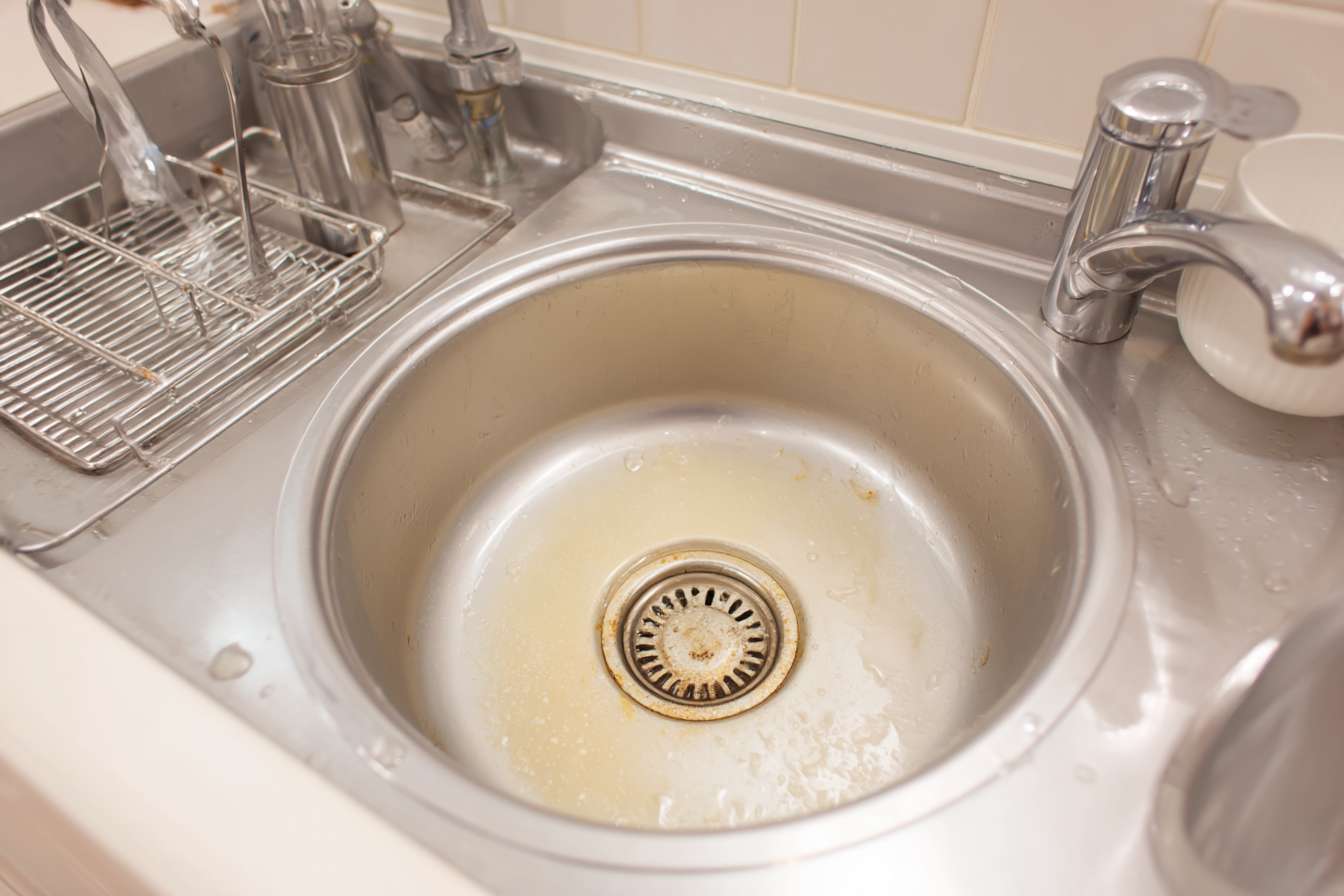Understanding Water Filtration Systems: A Comprehensive Guide
Water is essential for life, yet the quality of water we consume can vary significantly based on location, source, and treatment processes. Water filtration systems offer a solution to improve water quality by removing contaminants, enhancing taste, and providing peace of mind about what we're putting into our bodies. These systems range from simple pitcher filters to complex whole-house installations, each designed to address specific water quality concerns. Understanding the options available helps consumers make informed decisions about protecting their water supply.

Introduction to Water Filtration Systems
Water filtration systems are devices designed to remove impurities from water by means of a physical barrier, chemical process, or biological process. These systems work to eliminate contaminants such as sediment, chlorine, lead, bacteria, and other potentially harmful substances that may be present in tap water. The filtration process typically involves passing water through various media that trap or neutralize unwanted elements, resulting in cleaner, safer water. Modern filtration technologies have evolved significantly, offering increasingly effective solutions for both residential and commercial applications, with options ranging from point-of-use systems that treat water at a single tap to comprehensive whole-house systems that purify all water entering a property.
Types of Water Filtration Systems
Water filtration technology comes in several forms, each using different methods to achieve clean water. Activated carbon filters, among the most common, work by adsorbing contaminants as water passes through carbon material. These are particularly effective at removing chlorine, volatile organic compounds (VOCs), and improving taste and odor. Reverse osmosis systems force water through a semipermeable membrane that blocks contaminants while allowing water molecules to pass through, effectively removing a wide range of impurities including heavy metals, fluoride, and certain microorganisms.
Ultraviolet (UV) purification uses light to destroy bacteria, viruses, and other pathogens without chemicals, making it an environmentally friendly option. Ion exchange systems are designed specifically to soften hard water by replacing minerals like calcium and magnesium with sodium ions. Distillation systems heat water until it vaporizes, leaving contaminants behind before condensing the vapor back into pure water. Each system has its strengths and limitations, making them suitable for different water quality concerns and household needs.
Benefits of Using Water Filtration Systems
Installing a water filtration system offers numerous advantages beyond simply improving water taste. From a health perspective, filtered water reduces exposure to contaminants like lead, chlorine, pesticides, and certain bacteria that may be present in tap water. This is particularly important for vulnerable populations such as children, pregnant women, the elderly, and those with compromised immune systems. Environmental benefits include reducing reliance on bottled water, which leads to less plastic waste and lower carbon emissions associated with bottled water production and transportation.
Financial considerations also favor filtration systems. While there’s an initial investment, the long-term cost of filtered tap water is significantly lower than purchasing bottled water. Additionally, filtered water can extend the lifespan of appliances by preventing mineral buildup from hard water. For households concerned about specific regional water issues, such as high levels of agricultural runoff or industrial contaminants, specialized filtration systems provide targeted protection tailored to local water quality challenges.
Choosing the Right Water Filtration System
Selecting the appropriate water filtration system begins with understanding your specific water quality concerns. Consider having your water tested to identify particular contaminants present in your supply. This analysis will help determine which filtration method will best address your needs. Next, evaluate your consumption requirements—how much filtered water your household uses daily will influence whether a point-of-use system (like a faucet filter) or a point-of-entry system (treating all water entering your home) makes more sense.
Installation and maintenance requirements vary significantly between systems. Some options, like pitcher filters, require no installation but need frequent filter replacements. Countertop and under-sink systems offer more thorough filtration but may need professional installation. Whole-house systems require professional installation and periodic maintenance but provide comprehensive coverage. Consider available space, your DIY comfort level, and long-term maintenance costs when deciding. Additionally, look for systems certified by organizations like NSF International or the Water Quality Association, which verify manufacturer claims about contaminant removal.
Water Filtration Systems: Cost and Comparison
Water filtration systems vary widely in price based on type, capacity, and installation requirements. Understanding the cost spectrum helps consumers budget appropriately while meeting their water quality needs.
| System Type | Initial Cost Range | Filter Replacement Cost | Replacement Frequency | Typical Lifespan |
|---|---|---|---|---|
| Pitcher Filters | $20-$70 | $5-$15 per filter | Every 1-2 months | 1-2 years |
| Faucet-Mounted | $20-$50 | $10-$30 per filter | Every 2-3 months | 2-3 years |
| Countertop Systems | $50-$500 | $15-$60 per filter | Every 3-6 months | 5-15 years |
| Under-Sink RO Systems | $150-$600 | $50-$200 annually | Varies by component | 10-15 years |
| Whole-House Systems | $500-$4,000+ | $100-$500 annually | Every 3-12 months | 10-20 years |
| UV Purification | $200-$1,000 | $80-$150 per lamp | Every 12 months | 10+ years |
Prices, rates, or cost estimates mentioned in this article are based on the latest available information but may change over time. Independent research is advised before making financial decisions.
While pitcher filters represent the most economical entry point, they typically filter smaller volumes and target fewer contaminants. Reverse osmosis systems offer more comprehensive filtration but come with higher initial costs and regular maintenance requirements. Whole-house systems represent the largest investment but provide protection for all water uses, including bathing and appliances. When evaluating cost, consider not only the initial purchase but also ongoing maintenance expenses and the system’s expected lifespan.
Embracing Clean Water Solutions
Water filtration systems represent an important investment in health, environmental sustainability, and long-term cost savings. By understanding the various filtration technologies available and their specific applications, consumers can make informed decisions about which system best addresses their unique water quality concerns. Whether choosing a simple pitcher filter for basic taste improvement or installing a comprehensive whole-house system to address multiple contaminants, the benefits of filtered water extend beyond the tap to impact overall wellness and household maintenance. As water quality concerns continue to evolve, filtration technology offers an adaptable, effective solution to ensure clean, safe water remains accessible in our daily lives.






